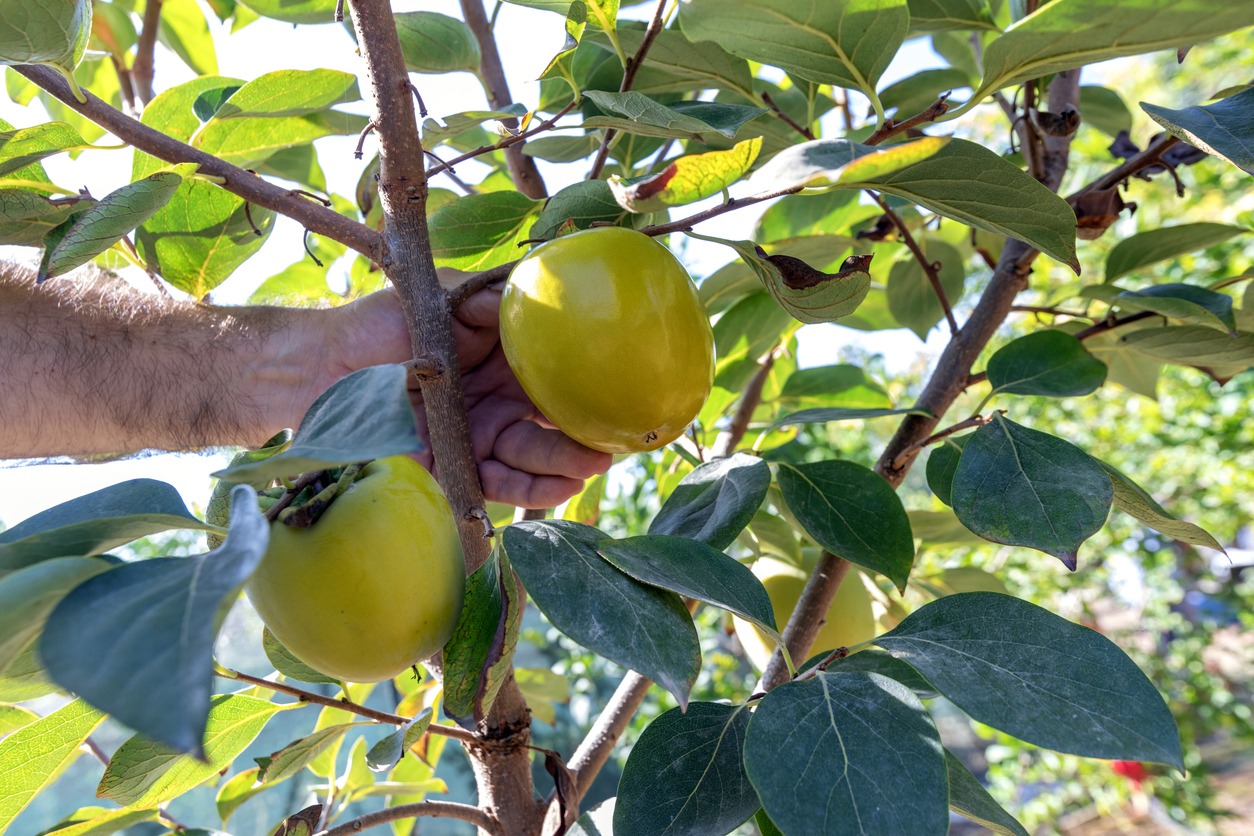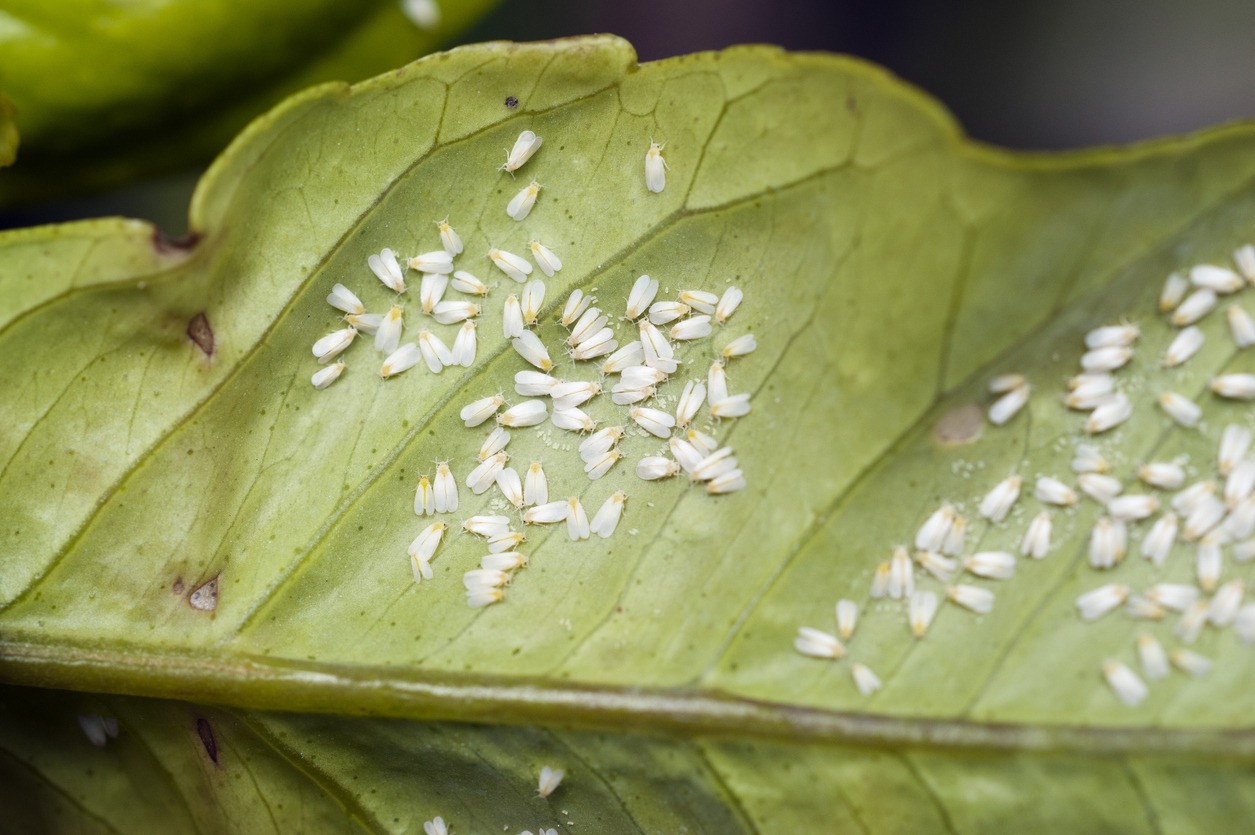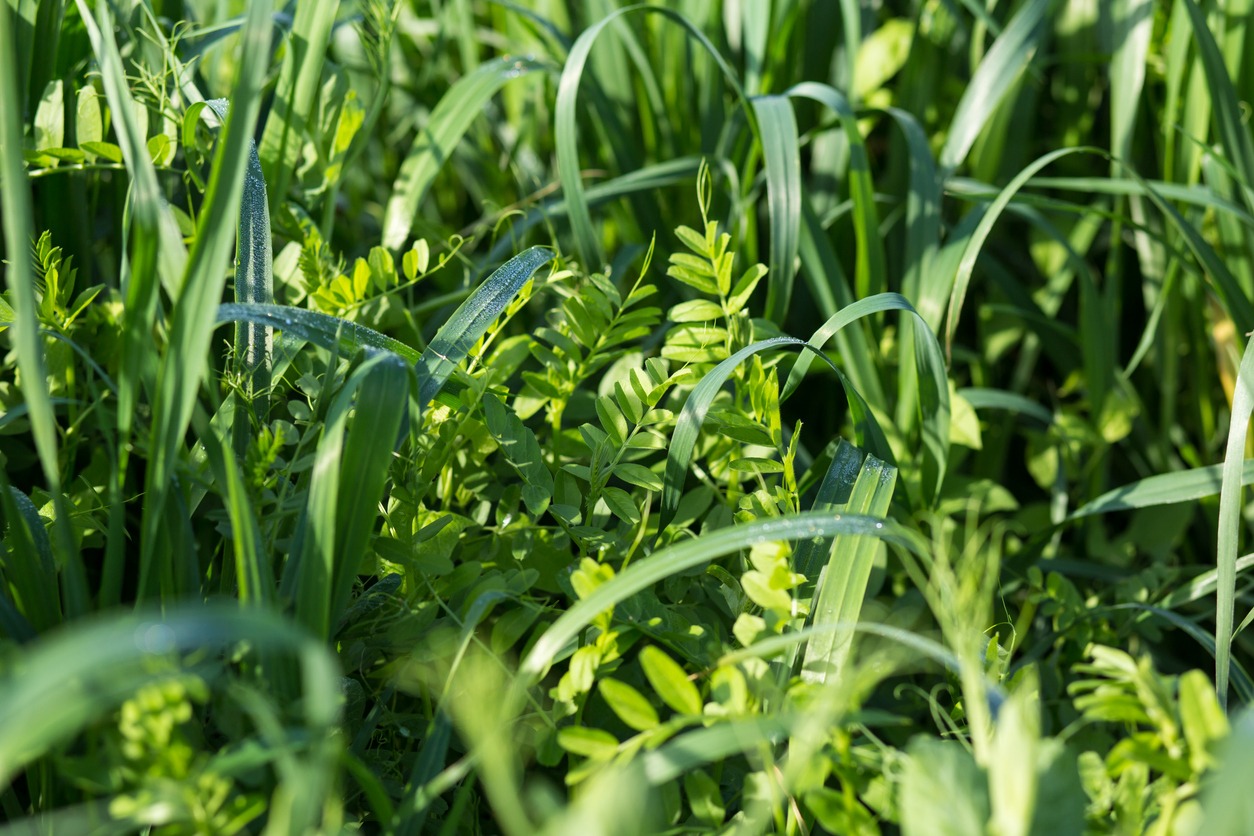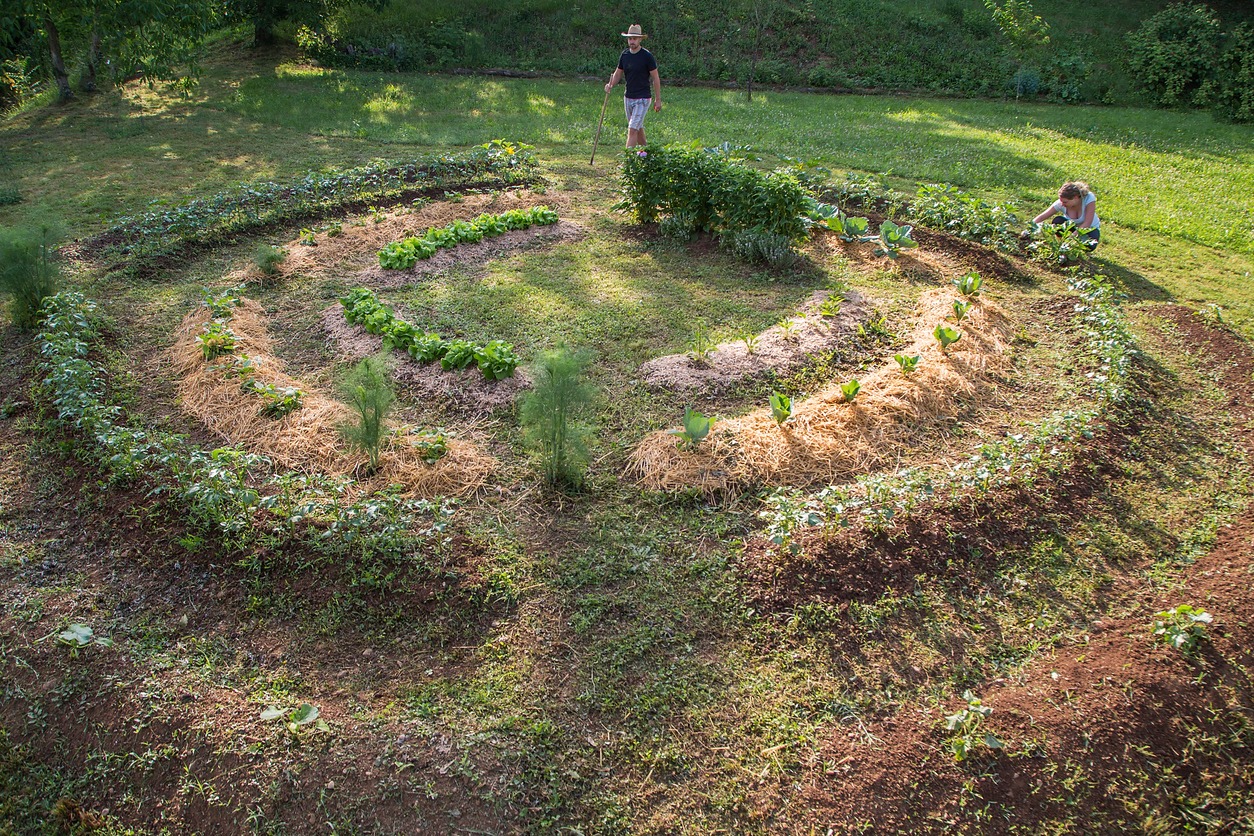Why No-Till Gardens Are Ideal for a Sustainable Homestead

Sustainable living is more than just a trend; it's a lifestyle choice that aligns with nature's rhythms. When it comes to gardening, one method stands out for its harmony with the environment: no-till gardening. This approach not only enhances your garden's health but also makes your homestead more resilient and efficient. Let's explore why no-till gardening deserves a place in your sustainable homestead.
Benefits of No-Till Gardening
No-till gardening is a practice rooted in respecting the natural processes of the soil. By eliminating the need for tilling, this method brings a host of benefits:
- Preservation of Soil Structure: Tilling disrupts the natural layers of soil, which can lead to compaction and nutrient imbalances. No-till gardens maintain the soil's structure, allowing roots to grow deeper and healthier.
- Enhanced Fertility: When you leave the soil undisturbed, organic matter accumulates naturally, enriching the soil over time.
- Boosted Microbial Life: Healthy soil is teeming with beneficial microorganisms. No-till practices create an environment where these organisms can thrive, improving nutrient cycling and plant health.
- Reduced Erosion and Water Loss: Without tilling, the soil retains its protective top layer, reducing erosion and conserving moisture.
By adopting this method, you're not just growing plants—you're fostering a living ecosystem. You're also building resilience against climate challenges, as undisturbed soil handles extreme weather better than tilled land.
Principles of No-Till Gardening
The heart of no-till gardening lies in working with nature rather than against it. Here are the foundational principles:
- Minimize Soil Disturbance: Avoid turning or breaking the soil. Instead, let nature handle the heavy lifting. This includes protecting soil aggregates that improve aeration and water movement.
- Layer Organic Matter: Apply materials like straw, leaves, or grass clippings on top of your soil. This "mulch" suppresses weeds, conserves moisture, and adds nutrients as it decomposes. The decomposition process also creates humus, which enhances soil fertility.
- Use Cover Crops: Planting cover crops like clover or rye protects soil from erosion, improves fertility, and suppresses weeds. When the crop is ready, cut it down and leave it on the surface to decompose. Cover crops also attract pollinators and beneficial insects, improving your garden's ecosystem.
No-till gardening is all about building soil health from the top down. Over time, your soil becomes richer, more resilient, and better suited for growing healthy crops.
Key Advantages of No-Till Gardens
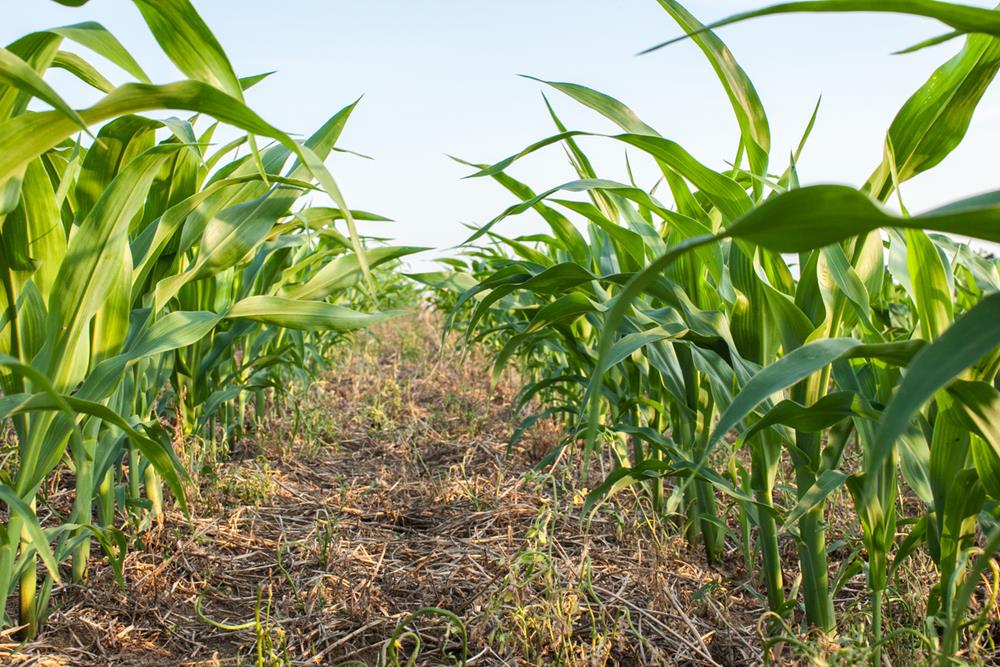
Soil Health and Fertility
Undisturbed soil provides a stable environment for microorganisms and earthworms, which play critical roles in nutrient cycling. By continuously adding organic matter, you'll boost soil organic carbon, increase water retention, and enhance the soil's ability to store nutrients.
Additionally, the mulch layer reduces nutrient leaching, ensuring that essential minerals stay where your plants need them. Cover crops like legumes can even fix nitrogen naturally, reducing your dependency on synthetic fertilizers.
Consider integrating crop rotation into your no-till system. Rotating crops not only reduces the risk of pests and diseases but also allows you to manage nutrient demands efficiently. For example, follow a nitrogen-demanding crop like corn with a nitrogen-fixing crop like beans.
Water Conservation
Water is a precious resource, and no-till gardening helps you use it wisely. The undisturbed soil structure improves water infiltration, while the organic mulch reduces evaporation. Together, these effects can cut your garden's water needs by up to 30%.
During dry spells, you'll notice your plants thriving while conventionally tilled gardens struggle. This is because the increased organic matter in no-till soil holds moisture like a sponge, ensuring your plants have a steady supply of water.
You can further enhance water conservation by designing your garden beds to optimize rainwater collection. Slightly raised beds with channels between them allow water to seep into the soil rather than running off. Combine this with drip irrigation for targeted watering and even greater efficiency.
Labor-Saving Practices
Homesteading can be demanding, but no-till gardening lightens the load. Without the need for annual tilling, you'll save hours of labor. The mulch suppresses weeds naturally, meaning less time spent on weeding.
Cover crops further reduce maintenance by improving soil health and managing weeds without extra effort. This low-maintenance approach frees up your time for other homestead activities while ensuring your garden remains productive year-round.
One helpful tip is to plant perennial crops like asparagus or rhubarb, which thrive in no-till systems. Perennials reduce the need for replanting and enhance your garden's biodiversity.
Weed and Pest Management
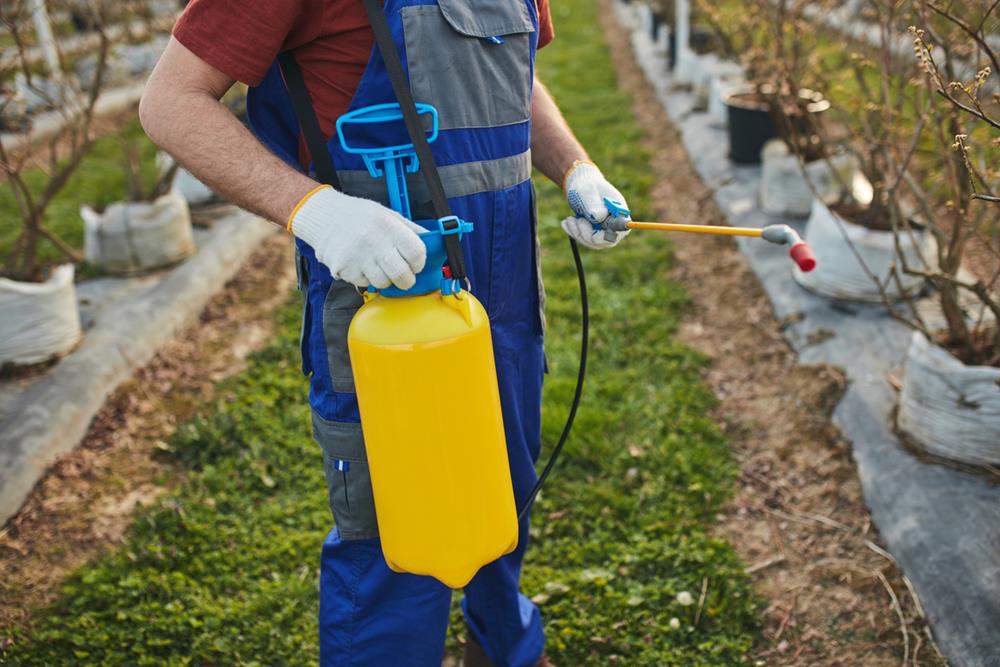
One of the biggest challenges in gardening is managing weeds and pests. No-till gardening offers effective, eco-friendly solutions:
- Weed Control: By not disturbing the soil, you'll keep dormant weed seeds buried, preventing them from germinating. A thick layer of mulch further smothers any weeds that try to break through. For particularly stubborn weeds, consider adding a layer of cardboard beneath your mulch as an extra barrier.
- Pest Management: Healthy, undisturbed soil creates a balanced ecosystem where beneficial insects thrive. These natural predators keep pests in check, reducing the need for chemical interventions.
Some cover crops, like mustard or marigold, have allelopathic properties—they release natural chemicals that suppress weeds and pests. Incorporating these plants into your garden plan can enhance its resilience.
Additionally, companion planting can help deter pests. For example, planting garlic near roses can repel aphids, while marigolds planted among vegetables can deter nematodes.
Increased Crop Yields
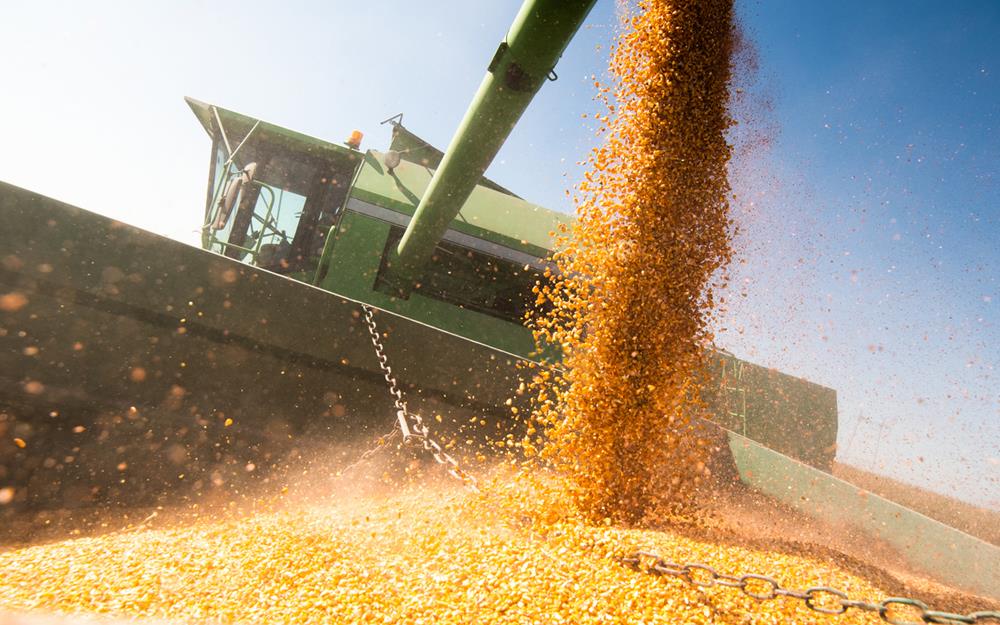
No-till gardens often outproduce conventional gardens, with studies showing yield increases of 15-20%. This productivity comes from healthier soil, which provides consistent access to nutrients and water for plants.
You'll notice:
- Larger Harvests: Crops like tomatoes, beans, and greens often thrive in the nutrient-rich environment of no-till gardens.
- Improved Quality: Healthier soil leads to healthier plants, which produce more robust, flavorful fruits and vegetables.
To maximize your yields:
- Rotate crops annually to prevent nutrient depletion and pest buildup.
- Combine cover crops with heavy mulching for optimal soil health.
Additionally, stagger your planting times to ensure a continuous harvest. For example, plant lettuce in early spring, followed by beans in summer, and spinach in fall. This succession planting makes the most of your garden space.
Environmental Impact and Sustainability
No-till gardening aligns perfectly with sustainable homesteading principles, offering significant environmental benefits:
- Climate Change Mitigation: By sequestering carbon in the soil, no-till practices help reduce greenhouse gas emissions.
- Energy Savings: Without the need for tilling, you'll cut your reliance on fuel-powered equipment.
- Enhanced Biodiversity: Undisturbed soil fosters a diverse community of organisms, from microbes to insects, creating a balanced and thriving ecosystem.
On a global scale, adopting no-till practices could revolutionize agriculture, reducing its carbon footprint while preserving arable land for future generations. By implementing this method on your homestead, you're contributing to a larger movement of regenerative agriculture that prioritizes soil health and ecosystem stability.
Starting Your No-Till Garden
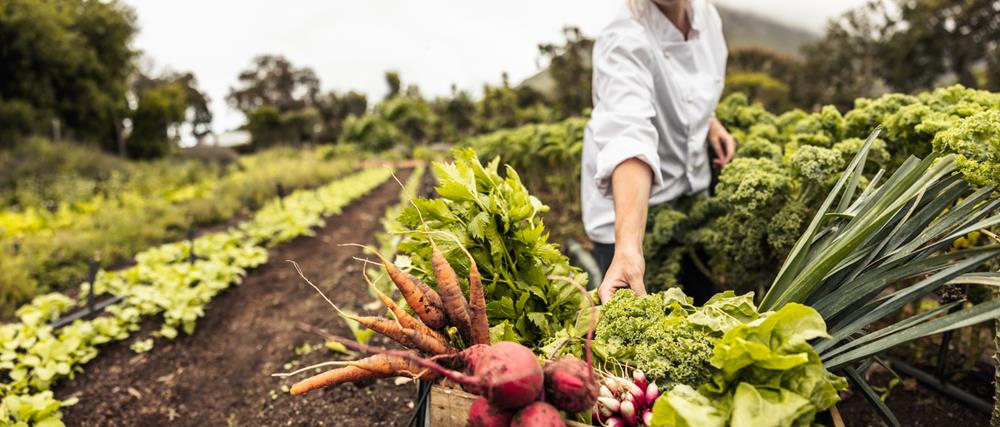
Ready to give no-till gardening a try? Here's a simple guide to get started:
- Prepare the Area: Clear the space of large debris or grass. If starting on a lawn, layer cardboard to smother the grass.
- Add Organic Matter: Apply a thick layer of organic materials like straw, compost, or shredded leaves. Aim for 4-6 inches.
- Plant Cover Crops: Choose cover crops suited to your climate and goals (e.g., clover for nitrogen fixation).
- Maintain the Mulch: Replenish mulch as it decomposes to keep weeds at bay and feed the soil.
- Be Patient: It may take a season or two for your soil to reach its full potential, but the results are worth the wait.
For best results, observe your garden regularly and adjust your practices to suit your specific environment. Nature has its own pace, and learning to work with it is key to success.
Frequently Asked Questions
What if my soil is compacted?
Use deep-rooted cover crops like radishes or alfalfa to break up compacted soil naturally without tilling.
Can I start a no-till garden in an existing lawn or rocky area?
Yes! Smother grass with cardboard or a thick layer of mulch. For rocky areas, raised beds filled with organic material can work wonders.
How do I deal with weeds in the first year?
Apply a generous layer of mulch and hand-pull any persistent weeds. Over time, the weed pressure will decrease significantly.
Will no-till work for all types of crops?
Most crops thrive in no-till systems. However, root crops like carrots may need looser soil, so ensure your mulch decomposes fully before planting them.
How long does it take to see results?
You'll notice some benefits immediately, like easier weed control. Long-term soil health improvements can take a season or two to fully develop.
Conclusion
No-till gardening is more than just a technique; it's a philosophy that nurtures the earth while providing for your family. By embracing this method, you're not only creating a sustainable homestead but also contributing to a healthier planet. Start small, be patient, and watch as your garden transforms into a thriving, low-maintenance ecosystem.

